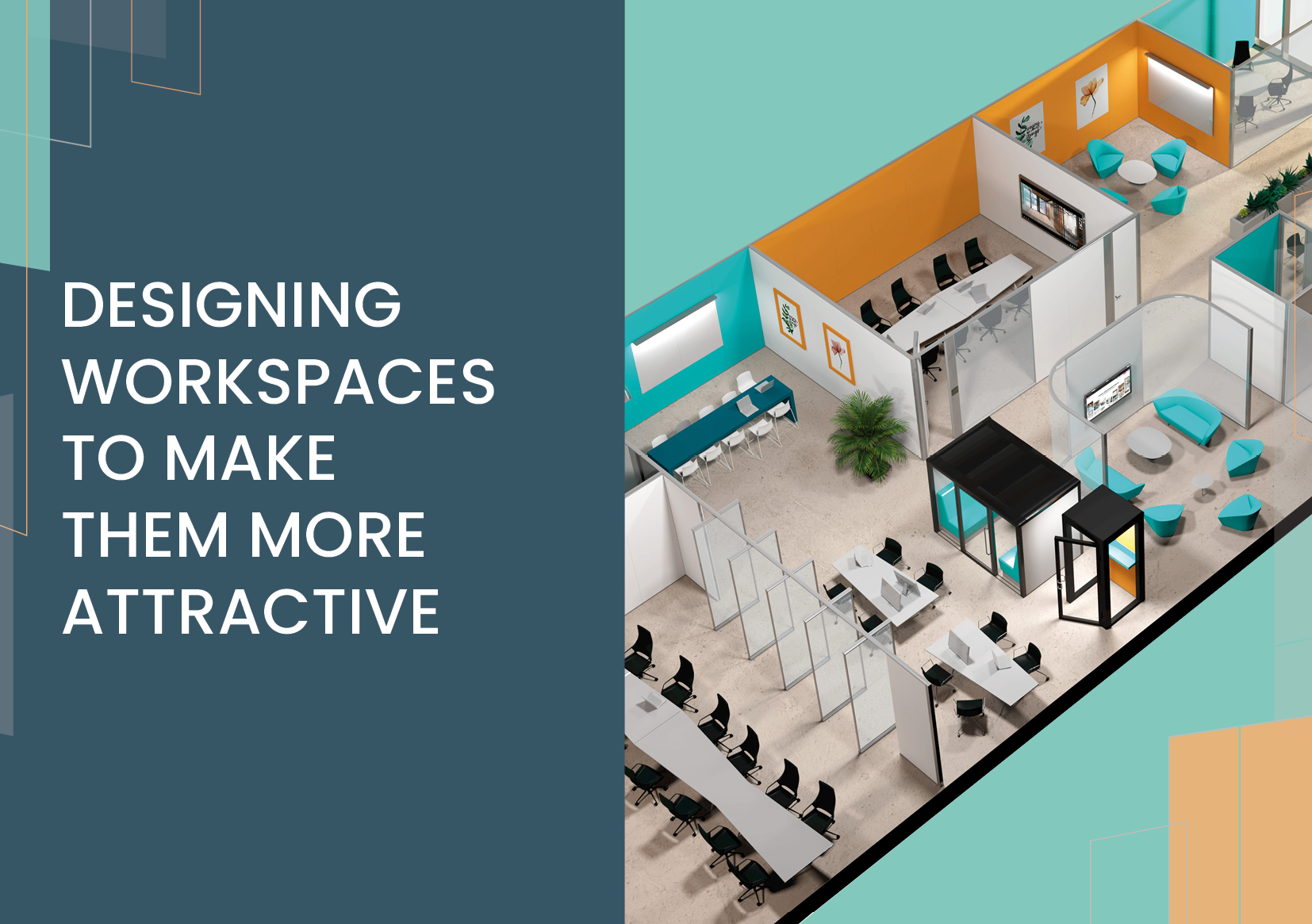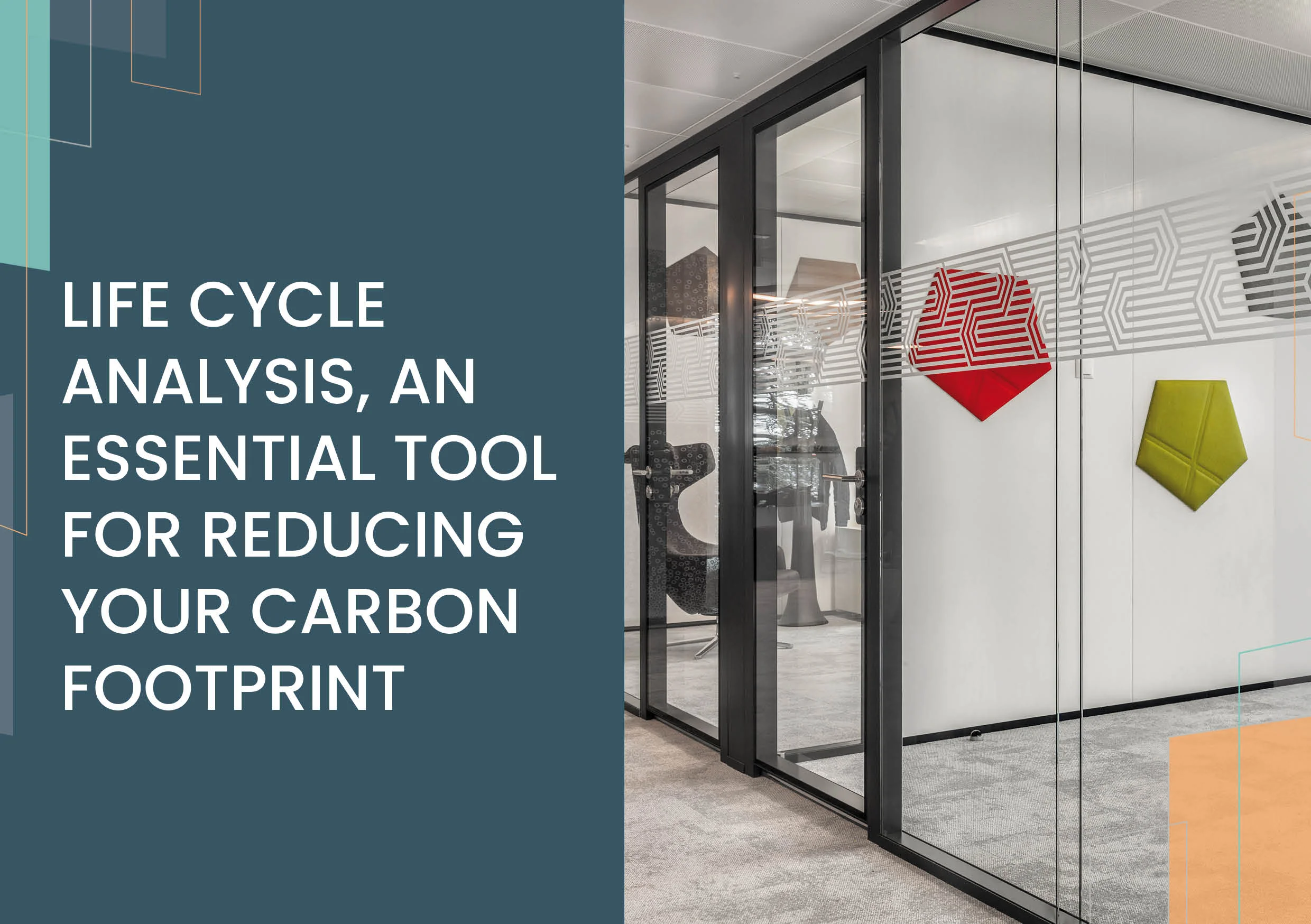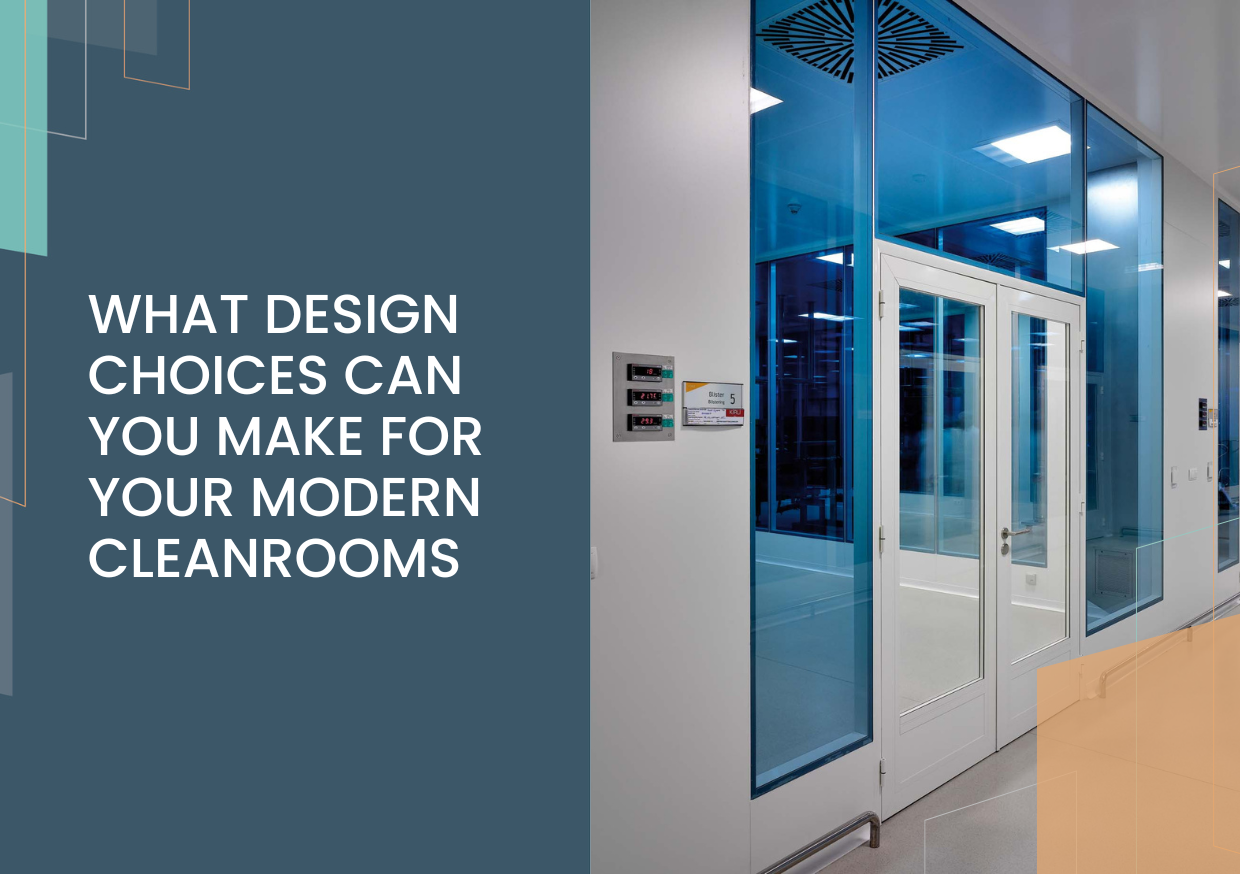Developing circular construction, an essential change for the building sector
Commercial property accounts for a large proportion of a country’s carbon footprint. To reduce its environmental impact, the sector needs to make the transition to circular construction.
There is an urgent need to reduce the carbon footprint of commercial buildings. The building sector is estimated to be responsible for 25% of France’s carbon footprint. The main culprit is the linear vision that predominates in the sector: we build, we use, we destroy and we rebuild because needs have changed. The consequences are waste production and the depletion of natural resources. Because we all need to contribute to slowing global warming, it is urgent to introduce the notion of circularity within companies, in particular in the interior construction sector, even if this represents a real break with the paradigm that is predominant in the sector. The French law on the energy transition for green growth of 18 August 2015 sets out a clear definition of the circular economy (Environment Code, article L110-1-1): ‘The transition to a circular economy aims to move beyond the linear economic model of extracting, manufacturing, consuming and throwing away. This transformation requires sober and responsible consumption of natural resources and primary raw materials, as well as prevention of waste production. This means reusing products and, according to the hierarchy of waste treatment methods, recycling or recovering of waste.

Circularity in the workplace
Circularity in the workplace is a strategic approach that aims to reintegrate what is considered to be ‘waste’ into a value cycle. It involves rethinking how to use and extend the life of assets within the office. Today, workspaces are designed for the short term, without taking future needs into account. However, as we have seen over the last four years, these needs can change very quickly. As a result, interior spaces undergo regular changes to adapt to new uses: larger or smaller meeting rooms, more or fewer individual offices, and so on. The main source of carbon emissions in this segment is the non-treatment of demolition waste, and the additional consumption of materials to build again. Even if each reconfiguration may seem to have little impact, their ever and ever faster succession generates a continuous flow of waste. According to the French Ministry for Ecological Transition and Territorial Cohesion, the building sector produces around 46 million tonnes of waste in France every year, compared with around 30 million tonnes of household waste…

Methodology for introducing circular construction
By adopting circular construction, which advocates reuse, repair and recycling, it is possible to improve the life cycle of interior spaces. The first step is to draw up a complete inventory of all the assets present in the workspace, such as furniture, technological equipment, etc., and to identify, in a second step, those that have reached the end of their useful life. Then, rather than throwing them away, you can explore different ways of reusing and repairing them. If reuse is not possible, recycling should be considered, or even upcycling, which involves transforming materials into higher quality products. Finally, when purchasing new assets, it is essential to favour those designed to be sustainable, modular and easy to repair.
For example, Clestra’s partition systems are designed to be disassembled and reused according to the evolution of requirements and needs. They are easy to install, without additional materials, thanks to monoblock panels that are mechanically assembled. Each component of these partitions can be reused on site, or moved and reused on another office space, even when it has to be moved to another building.

Shorter and shorter leases put pressure on buildings’ carbon footprints
By associating each carbon emission with the stage to which it corresponds, it is now possible to map all the environmental impacts associated with the construction, operation and end of life of a building. All maintenance, repairs and modifications of interior spaces contribute to increasing building’s carbon emissions at a constant rate. However, in recent years, in order to cope with economic uncertainties and retain maximum control over their property costs, companies have increasingly sought to sign short, flexible leases, in particular by using the Pinel law, which has made it possible to relax the rules on early cancellation of commercial leases. This trend, which currently seems not ready to be break, has a direct impact on the life cycle of offices and on the number of constructions and demolitions of workspaces, and consequently on the growth in carbon incorporated into buildings. By acting on the operational stage, and promoting reuse and flexibility, Clestra’s solutions offer a sustainable alternative for reducing the carbon footprint of the construction sector.
.




